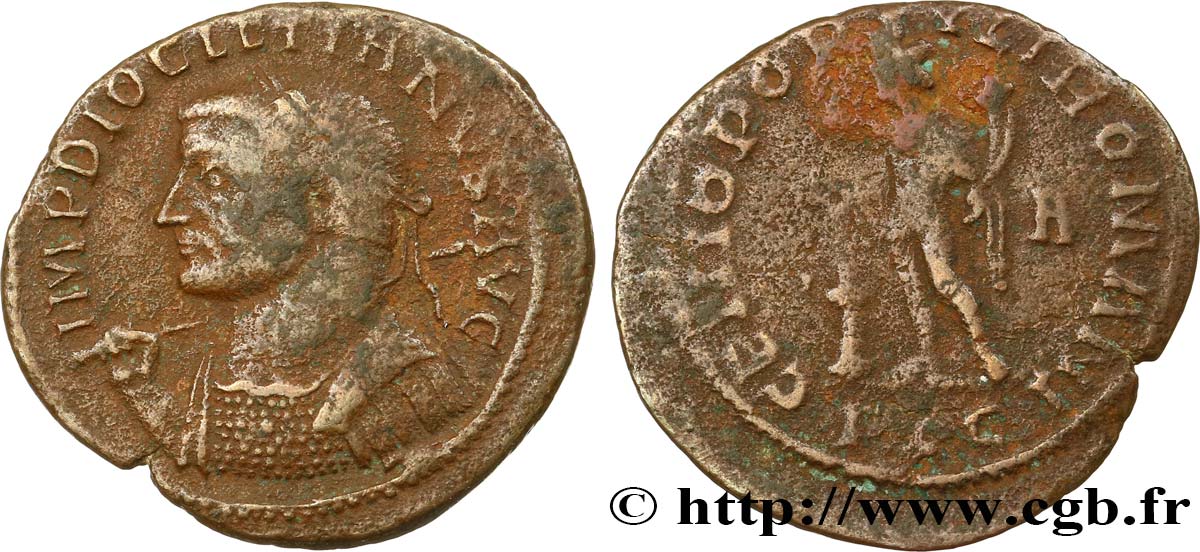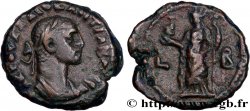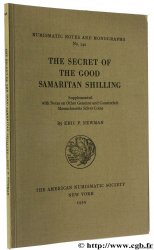E-auction 274-195013 - brm_486057 - DIOCLETIAN Follis ou nummus
You must signin and be an approved bidder to bid, LOGIN TO BID. Accounts are subject to approval and the approval process takes place within 48 hours. Do not wait until the day a sale closes to register. Clicking on « bid » constitutes acceptance of the terms of use of cgb.fr private e-auctions.
Bids must be placed in whole Euro amounts only. The sale will start closing at the time stated on the item description; any bids received at the site after the closing time will not be executed. Transmission times may vary and bids could be rejected if you wait until the last second. For further information ckeck the E-auctions F.A.Q.
NO BUYER'S FEE.
NO BUYER'S FEE.
| Estimate : | 95 € |
| Price : | 24 € |
| Maximum bid : | 31 € |
| End of the sale : | 16 July 2018 14:28:00 |
| bidders : | 6 bidders |
Type : Follis ou nummus
Date: 300 - mi 304
Date: 300-302
Mint name / Town : Lyon
Metal : copper
Diameter : 28 mm
Orientation dies : 12 h.
Weight : 6,17 g.
Rarity : R2
Officine: 1re
Coments on the condition:
Exemplaire sur un flan mince, large et irrégulier à l’usure très importante, mais parfaitement lisible et identifiable. Patine marron foncé, légèrement granuleuse
Catalogue references :
Predigree :
Cet exemplaire provient de la collection du baron L. Chaurand (Lyon)
Obverse
Obverse legend : IMP DIOCLETIANVS AVG.
Obverse description : Buste lauré et cuirassé de Dioclétien à gauche, avec pan de paludamentum, vu de trois quarts en avant avec un sceptre sur l’épaule droite (F*5).
Obverse translation : “Imperator Diocletianus Augustus”, (L’empereur Dioclétien auguste).
Reverse
Reverse legend : GENIO POP-VLI ROMANI/ (AUTEL)|A// PLG.
Reverse description : Genius (Génie) debout à gauche, coiffé du modius, le manteau sur l'épaule gauche, tenant une patère de la main droite et une corne d'abondance de la main gauche.
Reverse translation : “Genio Populi Romani”, (Au Génie du Peuple romain).
Commentary
Poids très léger. Rubans de type 3 aux extrémités bouletées. Cuirasse cloutée. Épaulière ornée d’une palme. Ptéryges fines. Sceptre à l’extrémité bouletée. Cet exemplaire est cité dans l’ouvrage de Pierre Bastien.








 Report a mistake
Report a mistake Print the page
Print the page Share my selection
Share my selection Ask a question
Ask a question Consign / sell
Consign / sell
 Full data
Full data










